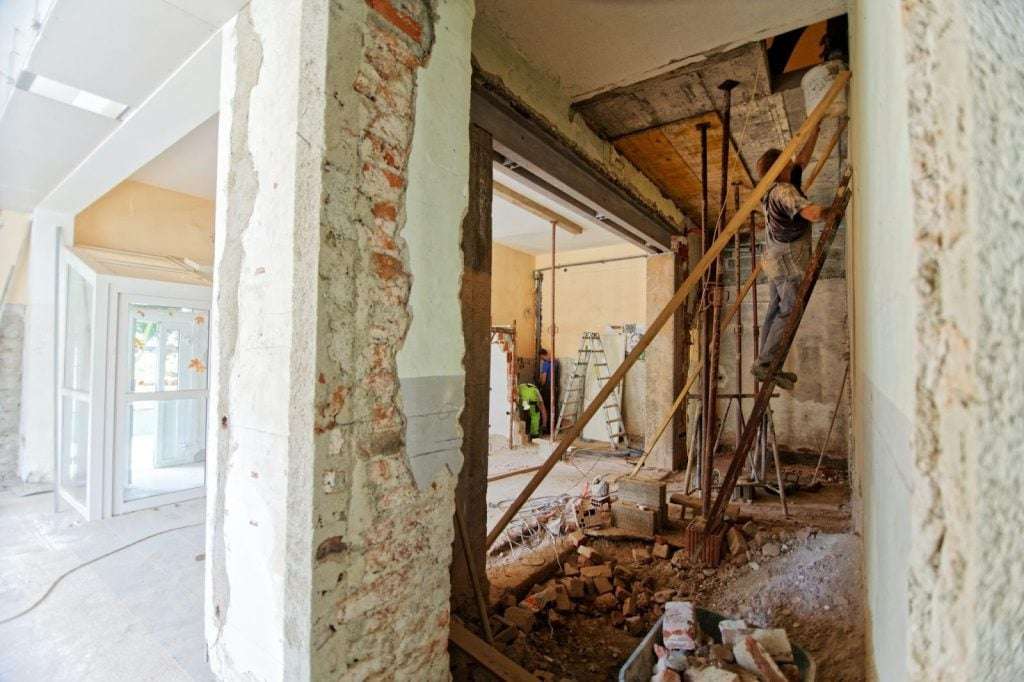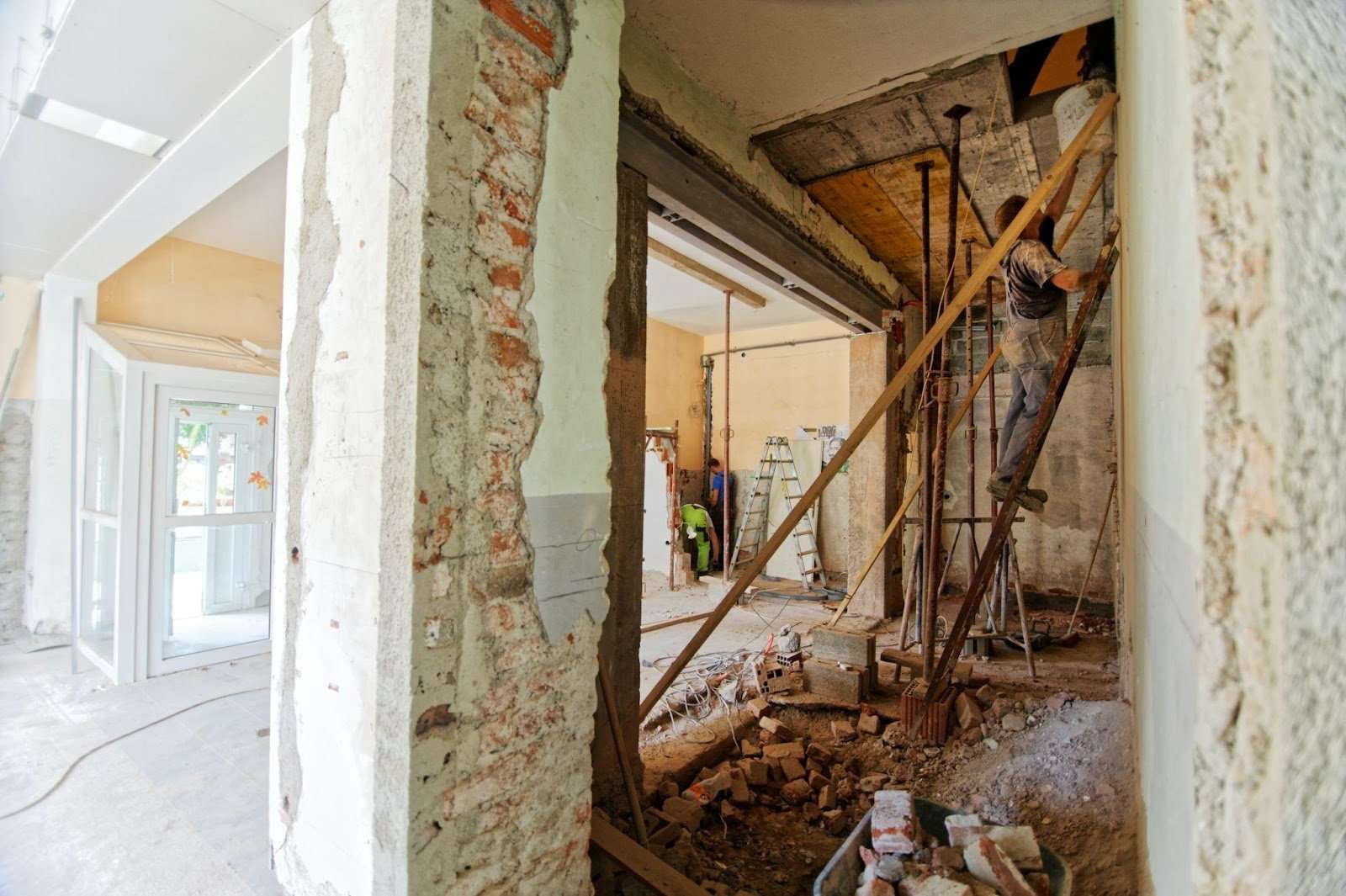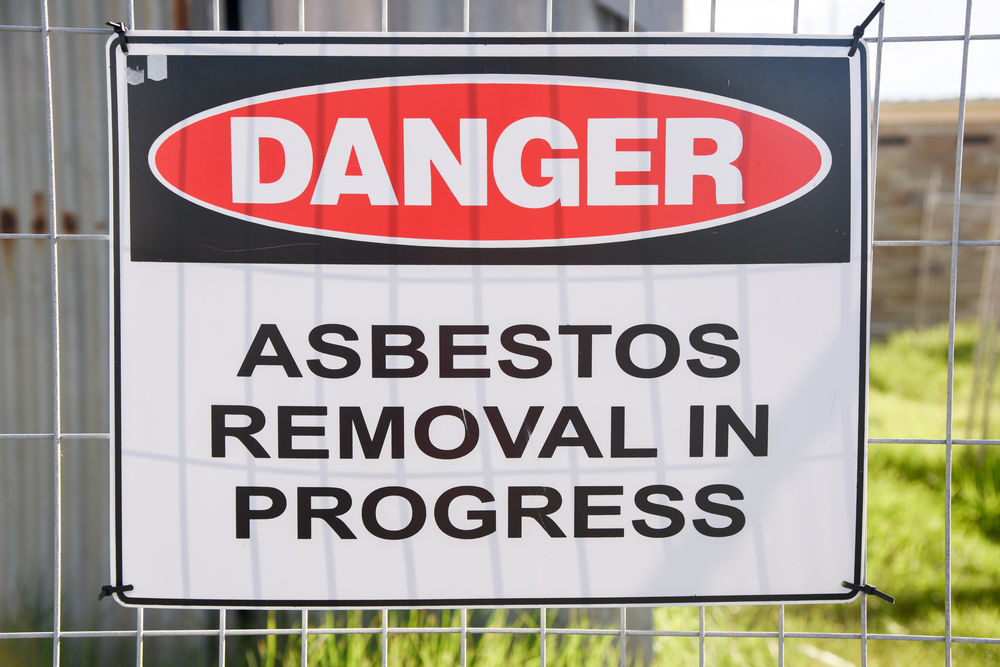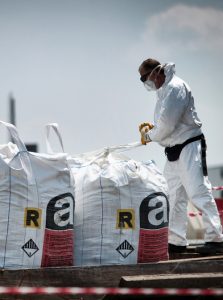 One of the most fulfilling but challenging experiences throughout life is being a homeowner. No matter how sound our engineering becomes, homes will still always naturally degrade over time. Weather, wear-and-tear, and faulty repairs will likely lead you to have to make some repairs of your own as a homeowner. As you approach these projects, you likely will uncover more projects that need to be done to ensure the structural integrity and safety of your home.
One of the most fulfilling but challenging experiences throughout life is being a homeowner. No matter how sound our engineering becomes, homes will still always naturally degrade over time. Weather, wear-and-tear, and faulty repairs will likely lead you to have to make some repairs of your own as a homeowner. As you approach these projects, you likely will uncover more projects that need to be done to ensure the structural integrity and safety of your home.
A wide-spread hazard that any homeowner could come across is asbestos in the home. Different toxic materials, like asbestos can be lurking in cars, boats, and even your home. Asbestos, a heat-resistant mineral, was used to manufacture countless home construction materials prior to its ban in 1989. The microscopic fibers of asbestos are toxic; ingesting or inhaling them can lead to asbestos-related diseases, like different types of mesothelioma, asbestosis, and even lung cancer.
For homeowners, knowing the locations of asbestos in the home and making a plan for its removal is the best course of action. Let’s review what factors make an area high priority and the steps you should take to eradicate asbestos in your home.
Prioritize Which Areas to Address
Asbestos could be in many different parts of your home. It is most commonly found in the insulation, floor tiles, siding, and textured paints. Lots of homes can contain asbestos with no issues because the material is capsulated or not an immediate hazard to the residents. However, once you start disturbing these materials through renovations and home projects, it can release asbestos dust and particles into the air, making it possible for you to inhale or ingest the material. This means that deteriorating areas or areas the homeowner would like to renovate should be considered first when identifying areas where asbestos could be present.
Focus on Older First
If you find that asbestos is in multiple areas of your home, it can be overwhelming and difficult for an inexperienced homeowner to know what to prioritize. Let’s say your home has asbestos vinyl floor tiles and asbestos insulation around an older furnace. Chances are you’ll want to focus on a solution for the furnace first.
The older furnace will likely need replacement – or pose a more immediate threat if the insulation is losing integrity. The furnace’s insulation could become loose and get spread throughout the home each time the system turns on. The vinyl flooring is less likely to expose you to asbestos while it’s in good condition. Floor tiles pose little threat unless they are visibly deteriorating, or if you plan on removing them.
However, homeowners usually don’t know if the current asbestos encapsulation is still working as intended just by looking at it. This is why it’s always recommended to have a professional asbestos removal company or environmental service provide an accurate evaluation of the asbestos in your home. If you have renovation plans for a room that contains asbestos, be sure to share your intentions with the asbestos evaluator so they can help you plan.
Understand How Asbestos is Removed
Now that you know which areas your sights are set on, it’s time to take action and make your home a safer place. The EPA strongly recommends hiring a certified asbestos removal service to handle the asbestos in your home. Depending on the amount and type of asbestos, it may not be safe for residents to remain in the household until the removal is complete. Your professional team should give you an idea if you need to make accommodations when quoting and evaluating what needs to be done.
But why is hiring a professional asbestos remover so important? To understand this, let’s touch on just a few parts of their procedure.
Protect Yourself
One of the first and most vital steps is suiting up in a disposable, coverall hazmat suit in a staging area outside the residence. In addition, protective eyewear, boot covers, and HEPA filter masks are a must to protect all exposed areas of the body.
Keep it Contained
Next, removers are required to have a plentiful supply of 6 mil asbestos waste bags to dispose of all asbestos-containing materials. This includes wipes, leftover materials, and protective clothing at the end of the day. Any bags containing these materials should be double bagged and labeled with an asbestos warning to avoid misuse. If the bags become punctured or damaged, replace them with a new bag and clean the surrounding area.
Clear the Air
A last point to touch on is the setup for proper air circulation. In order to keep airborne asbestos fibers under control, professionals use negative air machines. These machines ensure that airborne fibers are processed through a filter and prevent unwanted migration throughout the property. Even after the abatement is complete, ventilation from the affected rooms will continue for the next 72 hours.
Unfortunately, asbestos removal is not usually cheap due to the meticulous procedure that must be followed by the certified removers. If you talk about asbestos issues with friends and family, they may suggest removing it yourself to save money. Self-removal is not just terribly dangerous for all the residents of the household. In some states, it’s also illegal for an uncertified individual to attempt removal.
Keep Calm and Make a Plan
While asbestos should be taken very seriously, as long as it’s encapsulated and not deteriorating, there’s no need to panic. Like with any home maintenance project, awareness and careful planning is key to solving the problem. Get your asbestos abatement quote from a professional and pave the way for a future home improvement project.
When making a plan for future home improvement projects, be sure to source naturally derived products to ensure the safety of you and your family. Even though asbestos was mostly banned in the 1980s, some products today still can contain trace amounts of asbestos. Sourcing more natural flooring, siding, and insulation should be a priority of your next home improvement project. This will prevent any future issues if another material is found to be hazardous down the road.
Now that you have the knowledge to tackle your home renovation projects safely, it is time to get to it!

About the Author
Meet Bridgett, your friendly neighborhood green building guru! With more years of experience than she’d like to admit, Bridgett is your go-to expert for all things eco-friendly construction. She’s on a mission to make your home the envy of every tree hugger in town (and maybe even the squirrels 🐿️). Let’s build a greener, funnier, and all-around better world together – one enlightened eco-conscious choice at a time!



